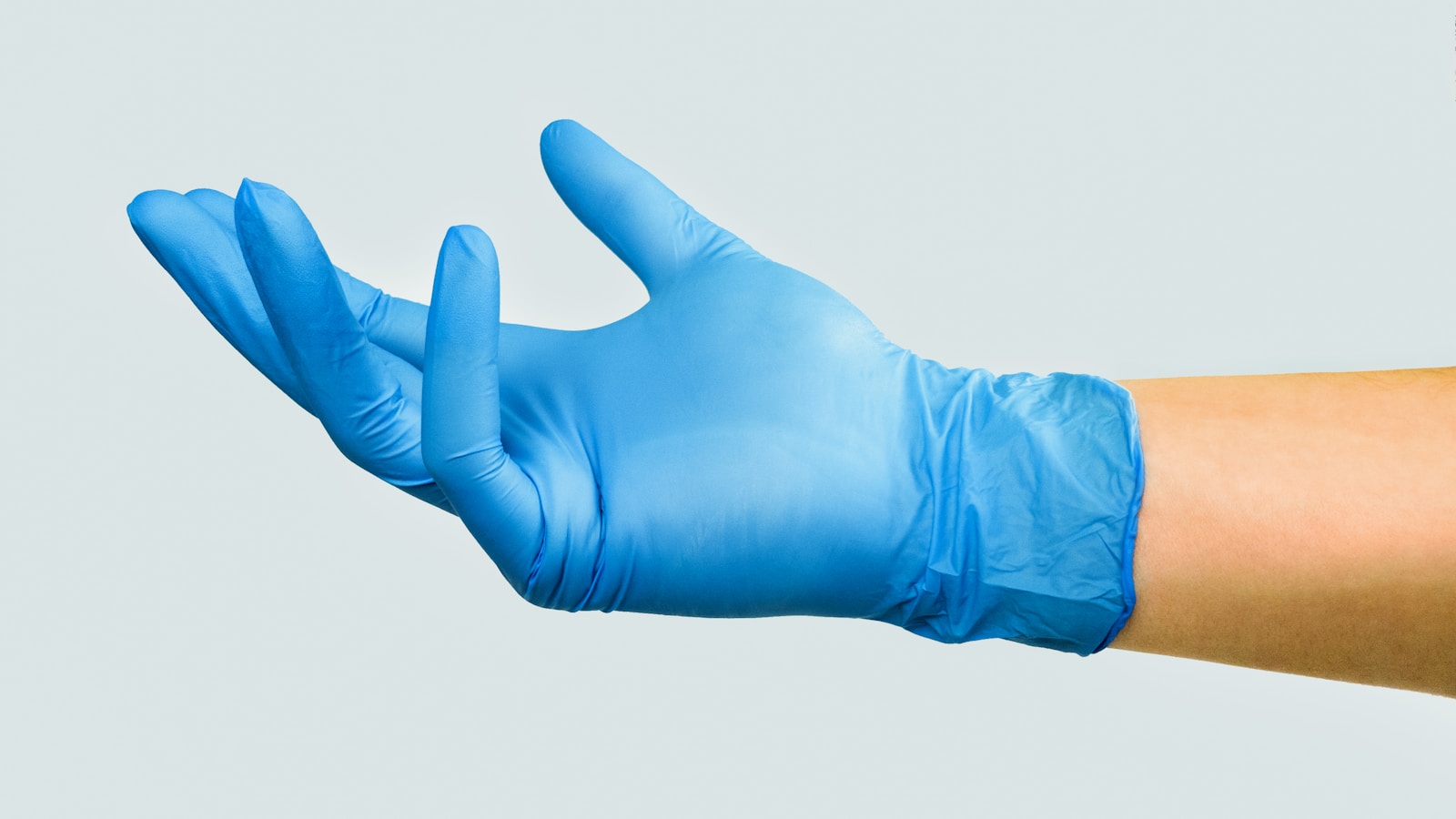In Vitro Fertilisation, which is most commonly known as IVF, is one of many different techniques that can be used to help individuals or couples suffering from fertility problems and wanting to have a baby.
In Vitro Fertilisation can be used in many different situations. A heterosexual couple with fertility problems, a same sex couple that wish to have a child with the help of a sperm donor or surrogate or a single man or woman that wishes to have a child.
If you have had failed in vitro fertilisation treatment in the past it is important that the male partner has a sperm test or semen analysis to ensure that the unsuccessful IVF isn't linked to a male factor. 50% of all male infertility cases are caused by the male and in most cases this can be improved.
How is in vitro fertilisation done?
Put in simple terms, eggs are harvested from a woman’s ovaries, which are then fertilised with sperm in a lab. The fertilised eggs are then put back in the woman’s wombs, where it is left to grow into a baby.
To get the eggs ready for in vitro fertilisation you have to go through a number of steps before hand to ensure that they can be easily harvested. Here are the steps:
- You will be given medication (either injections or nasal sprays) that will stop your menstrual cycle, usually taking around 2 weeks
- You will be given a hormone to increase your fertility (follicle stimulating hormones) meaning that more eggs will be produced by the ovaries making them easier to harvest. This stage will usually take 10-12 days
- You will have regular check-up to ensure that the treatment is going to plan. Once the eggs have started to mature you will be booked in to have your eggs harvested
- The eggs are then removed during a 15-20 minute procedure. You will be sedated so you are comfortable
- The eggs and sperm are put together. After around 16 hours, they will know if they have been fertilised. After around 6 day 1 or 2 of the best embryos will be chosen to be put into the womb
- You will be given special medicine (either a gel, injection or pessary) to prepare the lining of the womb
- The embryo will be transferred into the womb using a catheter. This is a relatively simple procedure and does not usually require any sedation or anaesthetic
Some people may find that they are able to access this service through the NHS, however it can be very hard to meet the criteria for this so many turn to private healthcare options and fertility clinics.





